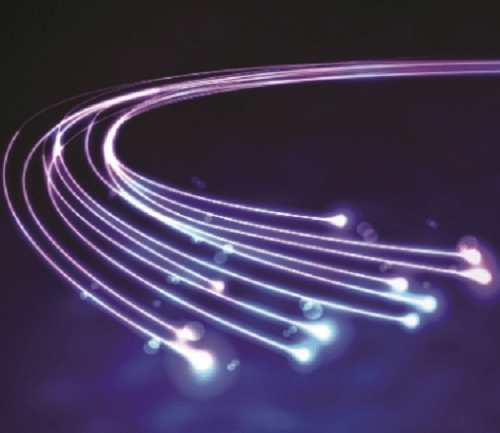
12.26.18 – CEPro – By Robert D’Addario
Opinion: Wireless will never be the answer to network speed woes compared to hardwired, and and the experience of wireless will always be ‘second rate.’
We live in a connected world. With every passing year, we become more reliant upon our network, our data, our connection to the outside world.
Twenty years ago, 1Mb connections or 8Mb DSL connections were the pinnacle of connectivity, but they have been surpassed by 1Gbps fiber connections, with near zero-latency 5Gbps connections on the horizon. The more speed we get, the more we need, and it won’t be long before 1Gbps to the home or office is considered slow.
If you’re talking to some of the big Fortune 500 companies out there, that day has already arrived. The fact remains: No matter how fast our connection to the outside world is, our network inside our home or office needs to be exponentially faster.
The Wireless Experience is Second Rate
Sixteen years ago as a systems analyst, I was assigned to replace the company’s 15-year-old phone system. At the time, we were connected with a 2Mb fiber connection (fast and expensive back in those days), and our network was 10/100Mb with a 5Gb backplane.
The company’s system was outdated; it crashed daily, and network issues were literally unresolvable. Understanding the future of the business was critical, and the decision to adopt leading-edge technology at the time by installing VoIP was logical.
To handle VoIP and our daily network traffic inside an office with 110 computers connected, we installed a whole new network with 1Gb port capabilities for power users and 10/100Mb for mainframe users, with a 32Gb backplane to handle the load.
A needed jump to L2/3 managed capability allowed quality of service management for VoIP. The bottom line: We needed 500 times the network speed inside the building in comparison to the connection to the outside world.
Fast forward to the end of 2018. The average number of devices in a home escalates every year, and the size of the data we move around our homes increases exponentially. We need to build our networks today that allow for growth tomorrow. Every wireless device we connect is sharing by dividing speed.
Yes, you read that right. If you think wireless is the answer, the experience, in the end, will always be second rate.
Wireless access points are not fast enough to handle all of the devices we want to connect simultaneously. They are literally dividing the bandwidth of the connection they receive among all the devices connected to them. While a copper 1Gbps connection might be sufficient for today’s connectivity, that period will be very short-lived.
The size of our files, video, and almost everything else we download on a regular basis is increasing. Cable installations are expected to last for 10 to 25 years, with the network equipment typically being replaced at least every five years.
Related: Advancements in Termination Durability Help Fiber Reach ‘Last 100 Meters’
Will the cabling you install be able to handle two to five equipment changes and speed increases during its lifetime? Deploying fiber today as the core of data infrastructure in the home and office is critical for the long-term and is useful and manageable in the short term.
It wasn’t long ago that fiber was difficult, fragile, dangerous, and downright scary. Today’s fiber is easy, reliable, exceptionally durable, and, to be frank, easier to install than copper networks.
Fiber offers exceptionally low latency with bandwidth capabilities that are increasing daily, and fiber is approaching equal or near equal implementation costs compared to copper-based systems.
As you and your clients have friends and family visit for the holidays and you share and divide your available bandwidth, make sure your next network backbone installation can transfer its data at the speed of light.
Robert D’Addario is president of Cleerline Technology Group, LLC, and a longtime specialist in fiber optic cabling solutions.
